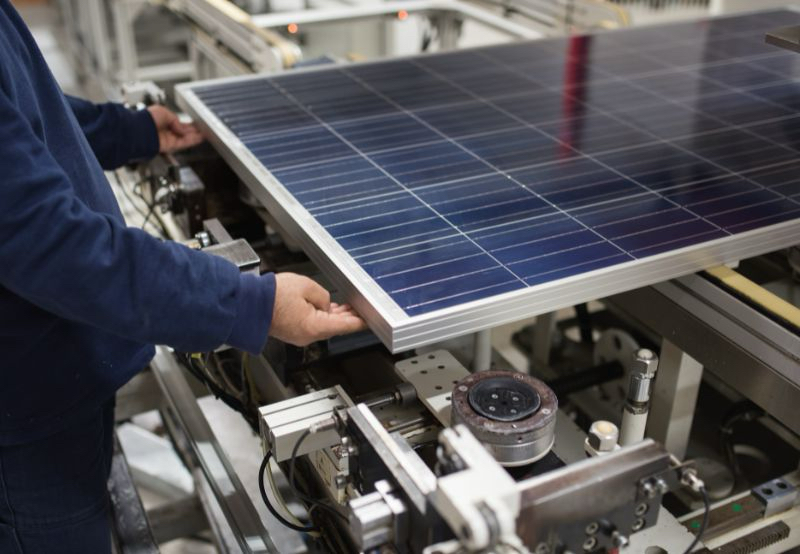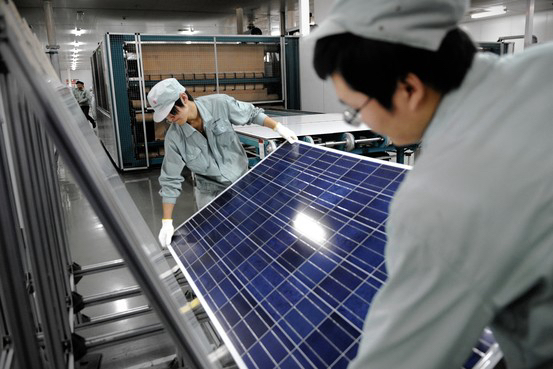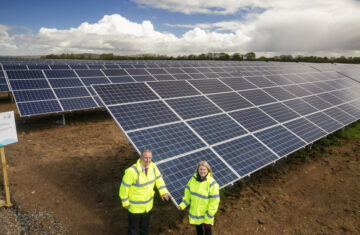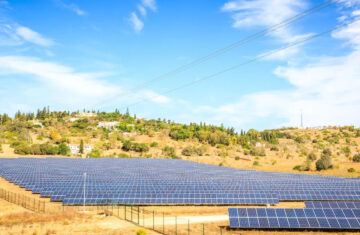Reliance Industries Ltd has recently launched its first line for manufacturing solar panels and is progressing towards establishing battery storage production facilities. This announcement was made during an investor presentation following the company’s FY25 earnings report. As India’s largest conglomerate, Reliance is diversifying its interests, which range from oil and petrochemicals to telecom and retail, into renewable energy as part of its ambitious $10 billion plan aimed at achieving net-zero emissions by 2035.
In its presentation, Reliance confirmed the commissioning of its first line of solar photovoltaic (PV) modules. The company now joins the ranks of other major players in the solar industry, including Adani Group, Tata, Waaree Energie, and Vikram Solar. The significance of this move is underscored by the Indian government’s mandate that, starting June 2026, all clean energy projects must utilize solar PV modules made from domestically produced cells, thereby reducing reliance on Chinese imports and bolstering local manufacturing capabilities.
The push for domestic solar panel manufacturing is part of India’s broader ambition to achieve 500 gigawatts (GW) of renewable energy capacity by 2030. To facilitate this, Reliance is establishing “giga factories” on a 5,000-acre site in Jamnagar, Gujarat, where it will produce photovoltaic modules, batteries, hydrogen electrolysers, and fuel cells.
V Srikanth Venkatachari, Chief Financial Officer of Reliance, stated during the investor call that the initial capacity for solar panel production is set at 10 gigawatts per annum, with plans to expand to 20 GW. The company’s battery manufacturing goal stands at 30 GWh, with an initial modular capacity of 20 GWh.
Reliance is also exploring land and transmission options to generate approximately 150 billion units of electricity from renewable sources. Additionally, the company is constructing an integrated green hydrogen and chemicals complex at Kandla, Gujarat, which will feature multi-GW electrolyser manufacturing capabilities. This effort aligns with Reliance’s strategy to become a leader in the green energy sector.
The company aims to build 55 integrated compressed biogas (CBG) plants by 2025, supplementing its existing 10 operational plants. These initiatives are designed to position Reliance as one of the world’s foremost “Energy and Materials” companies.

Reliance has commissioned a gigawatt-scale solar module capable of generating 720 watts at peak performance, potentially the largest panel of its kind. Srikanth mentioned that all engineering for the solar production chain is complete, and construction is progressing rapidly.
In the Kutch region of Gujarat, Reliance has begun work on generating electricity from solar energy. The company has secured 2,000 acres of land in Kandla for developing a green hydrogen ecosystem, supported by joint ventures focused on manufacturing electrolysers necessary for hydrogen production.
Reliance New Energy, a subsidiary of Reliance Industries, is developing a $7.2 billion green energy manufacturing complex in Jamnagar. This facility will encompass solar PV, battery cell and storage systems, electrolysers, and semiconductor production, along with research and development capabilities. In 2021, Reliance New Energy Solar acquired REC Group and is leveraging its technology to enhance its integrated solar production facilities.
As Reliance Industries accelerates its transition into renewable energy, this strategic move not only contributes to India’s energy independence but also positions the company as a key player in the global green energy landscape.



